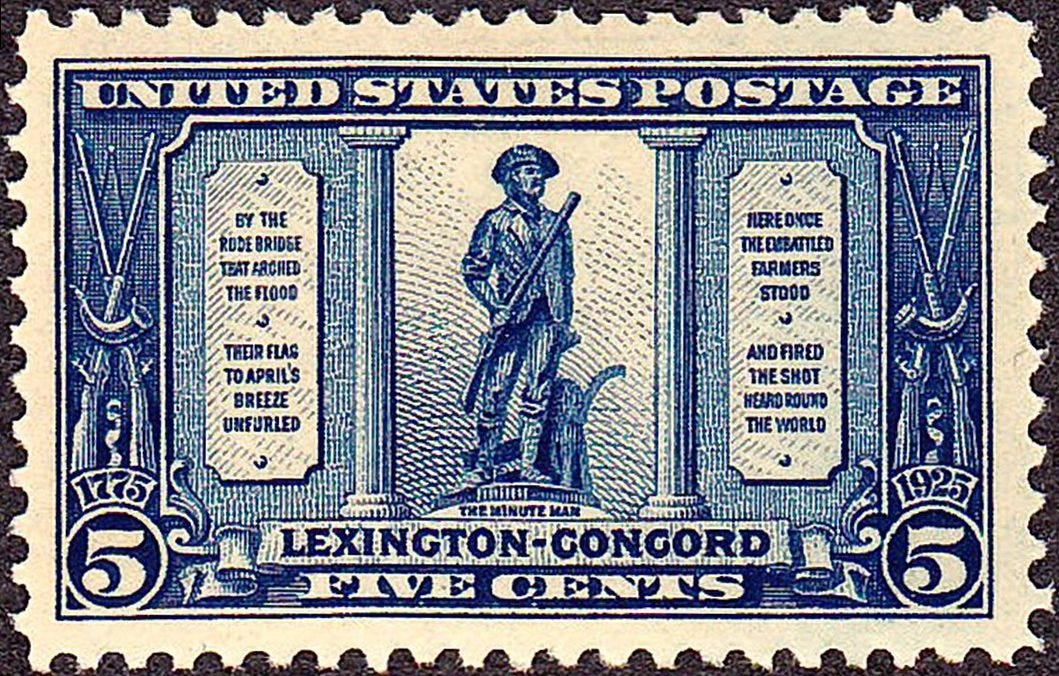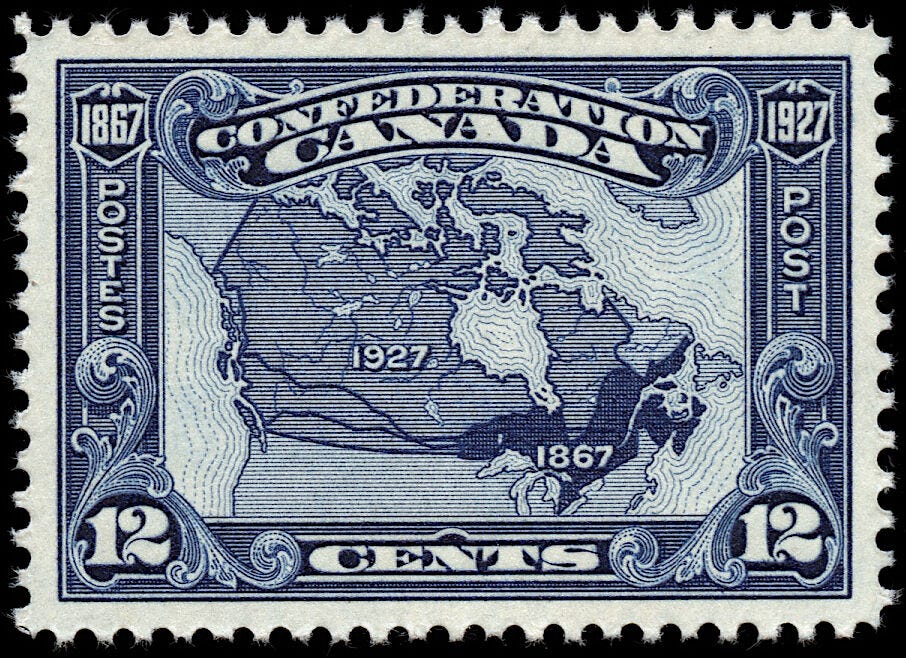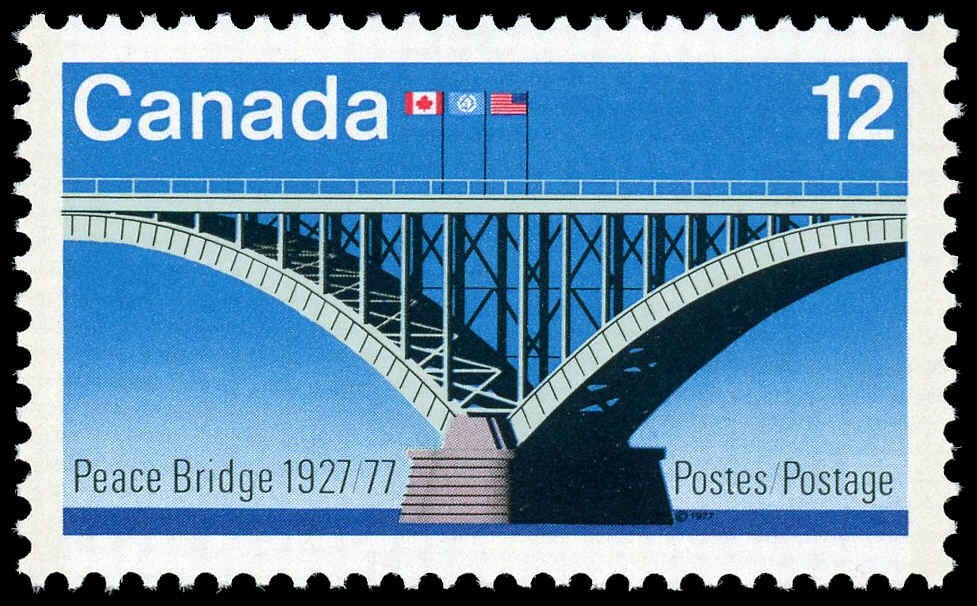Concert of the Canadas 5: Happenings 250 Years Ago
Original Kitchener, Ontario, Canada May 7 2025
We haven't heard much about the semiquincentennial of the United States of America – not yet, anyway. It can be expected that July 4th, 2026 will be celebrated as the 250th anniversary of the birth of the nation, just as July 4, 1976 was the climax of the bicentennial.
It was obviously a pivotal moment when, on July 4, 1776, delegates at the Second Continental Congress ratified the declaration
that these United Colonies are, and of Right ought to be Free and Independent States; that they are Absolved from all Allegiance to the British Crown, and that all political connection between them and the State of Great Britain, is and ought to be totally dissolved, they have full Power to levy War, conclude Peace, contract Alliances, establish Commerce, and to do all other Acts and Things which Independent States may of right do.
But the Declaration of Independence can also be situated as one turning point among many in a decades-long story arc that we could have started paying attention to a decade ago, when the 250th anniversary of the protests against the Stamp Act came around.
The troubles began in 1765, with reactions to the Stamp Act, an effort to raise money to pay for the defence of Britain’s expanded holdings in North America in the wake of the Seven Years War through a tax on legal and official papers. This marked the beginning of resistance to authority, both forceful, with the rise of terrorist groups like the Sons of Liberty, and political, with the assembly of the Stamp Act Congress.
The First Continental Congress in Philadelphia of 1774 was another turning point. This was in response to the “Intolerable Acts,” which included the law that restored French civil law and granted religious freedom for Catholics in Quebec (i.e. Canada) and expanded its boundaries.
We passed another milestone on Good Friday, April 19, with the 250th anniversary of Paul Revere’s famous ride, warning towns and villages that British troops were coming to confiscate weapons and arrest leaders. The “shot heard round the world” on Lexington Green happened early the next morning.
This was the beginning of the Revolutionary War, and therefore the beginning of the U.S. Army and Navy. We’ll have to wait until 2031-33 to mark the semiquincentennial of the peace that came with the surrender at Yorktown and the Treaty of Paris, and until 2038-39 to reach 250 years of continuous existence as a nation among nations under the U.S. Constitution.
It will be interesting to see how the commemorations will be conducted given the ways and means of the current regime in Washington. It’s hard to imagine things settling down enough to make a joyful, meaningful and unifying national celebration possible a short 14 months from now. More respectful, thoughtful and loyal U.S. Americans might consider taking the longer view, and start thinking about ways to commemorate the events of 1765 - 1789 at a later point, when, hopefully, the modern world’s first and foremost revolutionary republic returns to its senses. Surely peace, federation and restored order are as worthy of celebration as discontent, secession and armed rebellion.
Commemoration is more than just patriotic pomp and ceremony. These milestones are also a time for reflection. The real opportunity at hand here is for U.S. Americans to think about what it actually means to be part of a republic that came into existence a quarter of a millennium ago. U.S. American citizens will have to decide for themselves how the story is best told, and what it signifies today. My purpose here is to suggest that the anniversary of the separation and formation of the United States is as much an opportunity for celebration, commemoration and contemplation for us up here in the north as it is on the other side of the borderline: Reflecting on what happened on this continent 250 years ago can help us decide what it means to be Canadian in 2025.
I’m proposing that Canadians take the long view of our history, not only as a sovereign nation state set into motion in 1867, but also as an ongoing convergence of various peoples, nations and storylines in relation to the lands and waters that Canada ended up having jurisdiction over. The United States is an artificial creation, formed deliberately, of necessity after having broken all ties to what had come before, including political connections with Quebec, Nova Scotia, Newfoundland and the West Indies, as well as all the treaty arrangements made between Indigenous peoples and French, Dutch and British authorities up to that point.
They seceded. We remained. The end result of all the tumult between 1765 and 1789 is two modern nation states: Canada and the United States. Since then, it’s been them in relation to us. Before that, we were all part of British North America, which at that point had absorbed Nieuw Nederland and taken over the administration of New France, but not, as yet, the various provinces of New Spain. British relations with the original peoples and nations were based on treaties, often inherited from the French-Indigenous relations. These, too, were made null and void in the U.S. by the secession but remain a fundamental part of what Canada is to this day.
Consequently, what happened up to and during the disturbances that started in 1765, the war that broke out in 1775, the secession of 1776, the peace making of 1783-84, and the launch of the new federated order under the U.S. Constitution in 1789 are as much part of the history of what we now know as Canada as they are part of the story of the United States.
This is especially true for the narratives of the various elements that were woven into the arrangements made in 1867 for federated home rule in what remained of British and French North America: mainly Canada, East and West, which was called Quebec in 1775, and the Nova Scotia-Acadia area: two foundational colonial entities that had grown into four -- Nova Scotia, New Brunswick, Quebec and Ontario --- through a process comparable to cell division.
I want to make it clear that, while I’m writing in Ontario and therefore looking at things from a Laurentian-Great Lakes perspective, I don’t think this is the whole story, or even the main one. The title of this series is Concert of the Canadas, plural. What it means to be Canadian, and how things came to be as they are over the centuries, cannot be told as a single narrative. From a Newfoundland and Labrador perspective, the story is very different, as it is when told from a Pacific or Arctic Canada point of view, and different again from anywhere in the vast stretches of Hudson’s Bay lands, from the Canadian Shield to the Great Plains.
When we talk about Laurentian and Great Lakes Canada as though they are the trunk from which other branches of the Canadian experience grew, we’ve got it backwards. This storyline works for the U.S.A.: the story begins in Massachusetts and Virginia, with the protests, the rebellion, the partition, and the union, and goes on from there. Canada didn’t evolve like a tree, from a seed, germinated in discontent, sprouting in rebellion, and expanding, over time into roots and branches.
The image of a river is much more helpful for understanding Canada’s true nature: What are called branches and tributaries of a river are actually points of origin, not end points. Every creek and brook is a source, not a destination. Canada’s story flows like a river: The various narrative strains converge into a harmonious whole. The miracle is that, unlike a river, the various streams or rivulets remain distinct. Instead of dissolving each ingredient into a blended national broth, differences, precedents and ancestral ways are not only allowed to remain, but to thrive, and come to fruition. Diversity is Canada’s strength because it is our very nature.
Because it began with a separatist impulse, unity is of far greater concern in the U.S. American republic than it is here in the Canadas. It took almost 25 years to make the break with Britain and a while longer to work out some of the details of where the border lies, but that “artificial line drawn from long ago” whose significance Donald Trump considers negligible is actually the line that separated the fledgling union of settlements from the imperial matrix from which they sprang. The artificial aspect is the federated republic itself: It is an invention, conceived and manifested at a distinct point in time. Because the change was total, and involved secession and armed rebellion, the new order had to be conceived as permanent, and the wisdom of the “founding fathers” sacrosanct.
After all the disruptions of the revolutionary era finally came to an end, and the workings of the new republic were set into motion, Canada was blessed with being able to continue to evolve, relatively peaceably and patiently, step by step rather than in one hurried revolutionary swoop. No one ever imagined the Canadas as they have come into being. No one ever cited eternal, self-evident truths to justify their existence. They are a product of complex interactions, often determined by happenstance more than design. We are not self-determined. Our path is not one that was laid out by the hands, will or imagination of any founding father; nor, as the Daughters of the Empire once imagined, do we owe our existence to a majestic and gracious Great Mother.
Just as the Declaration of July 4, 1776 can be seen as one turning point among many in a decades-long story arc, what took place on July 1, 1867 is best understood as a single, less dramatic, but similarly significant step in a much longer journey. The difference is that for Canada it is a centuries-long story arc with multiple points of origin. Like everything else that has shaped the Canadas up to this point, the arrangement that put us on the path towards home rule was practical and provisional. Canada is, and has always been, a work in progress, building on, rather than supplanting, all that has come before.
The distinction is critical, and profound: Each of the two paths taken in the wake of the events of 1765-89 is exceptional in its own way. In Canada, we’re so exceptional that there’s no category that we can be filed under: We’re not a republic, not an empire, not a kingdom, not a commonwealth, not a union. They tried “dominion” for a while, grouping us with other British colonies that had achieved home rule. But it didn’t sit quite right, and the term was gradually dropped from our vocabulary. We’re Canada, period. The Canada (or, as I’m suggesting, the Canadas). There is no other.
The difference is fundamental, but also subtle. Understanding, appreciating and respecting the distinction requires a certain level of discernment. This is an ability that George Washington’s current successor as president and commander in chief of the United States of America has simply not been gifted with. All he can see is just another U.S. American state, exceptional only for its size and its northerliness. He can’t see that we are plural. He cannot fathom how blessed we are to have avoided taking the the road towards self-determination as a revolutionary republic that his predecessors laid out 250 years ago.











